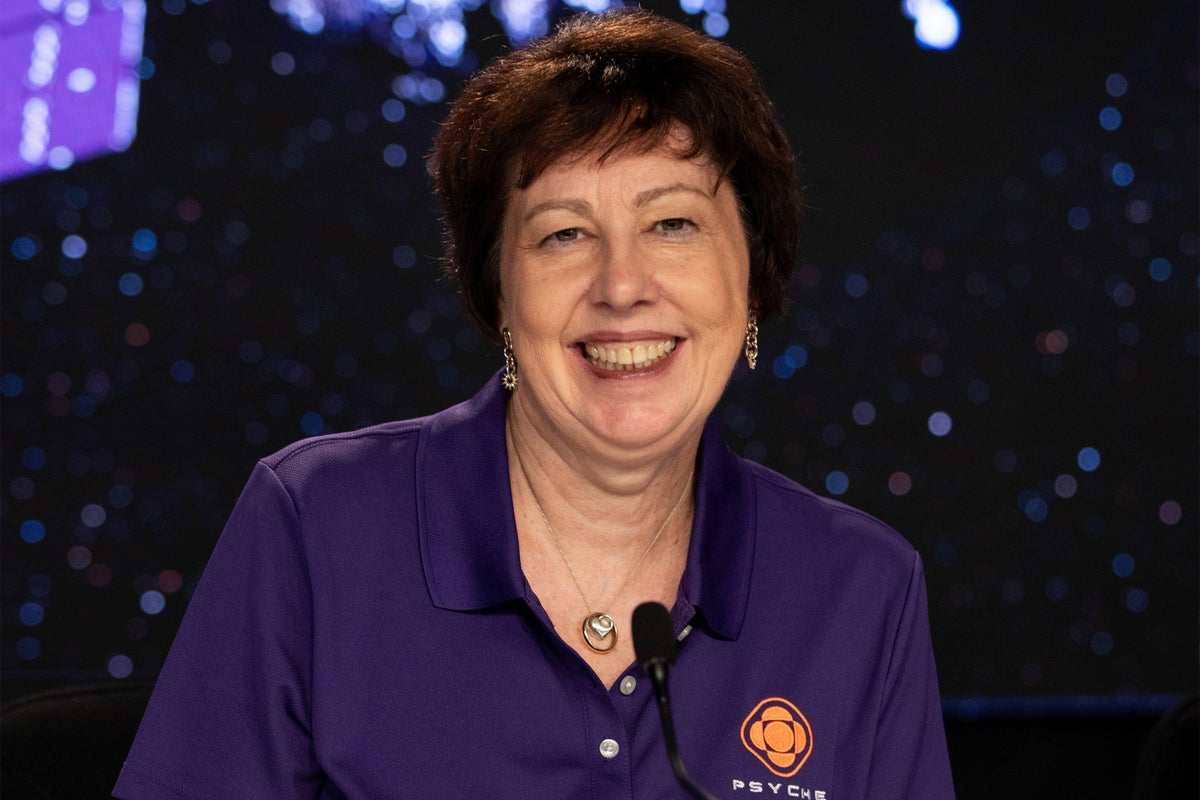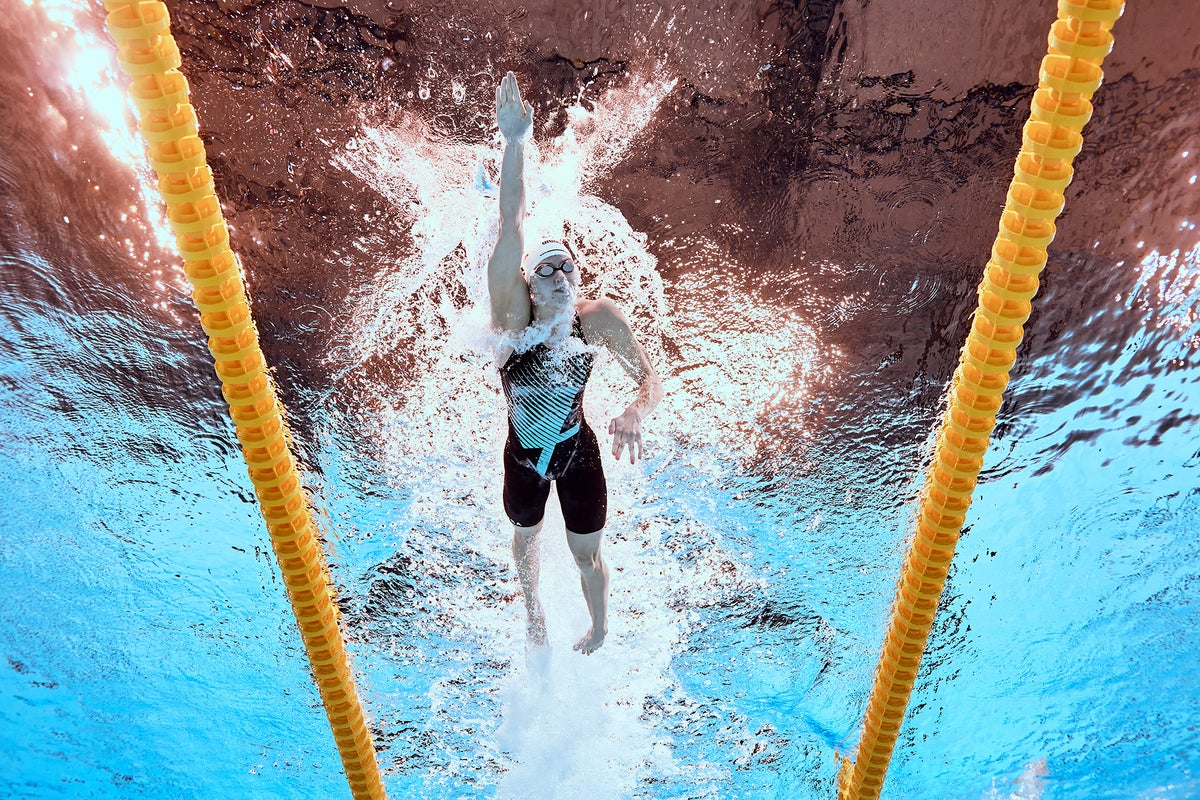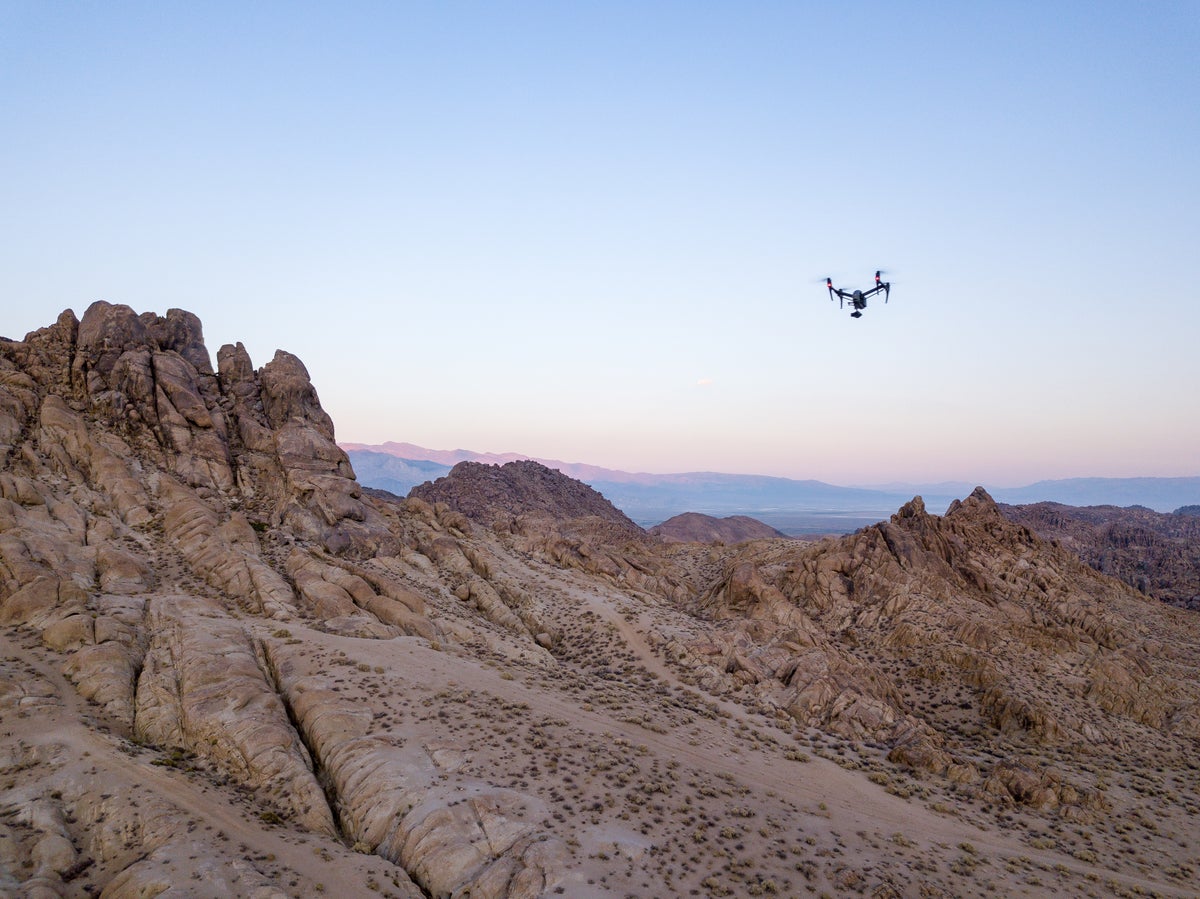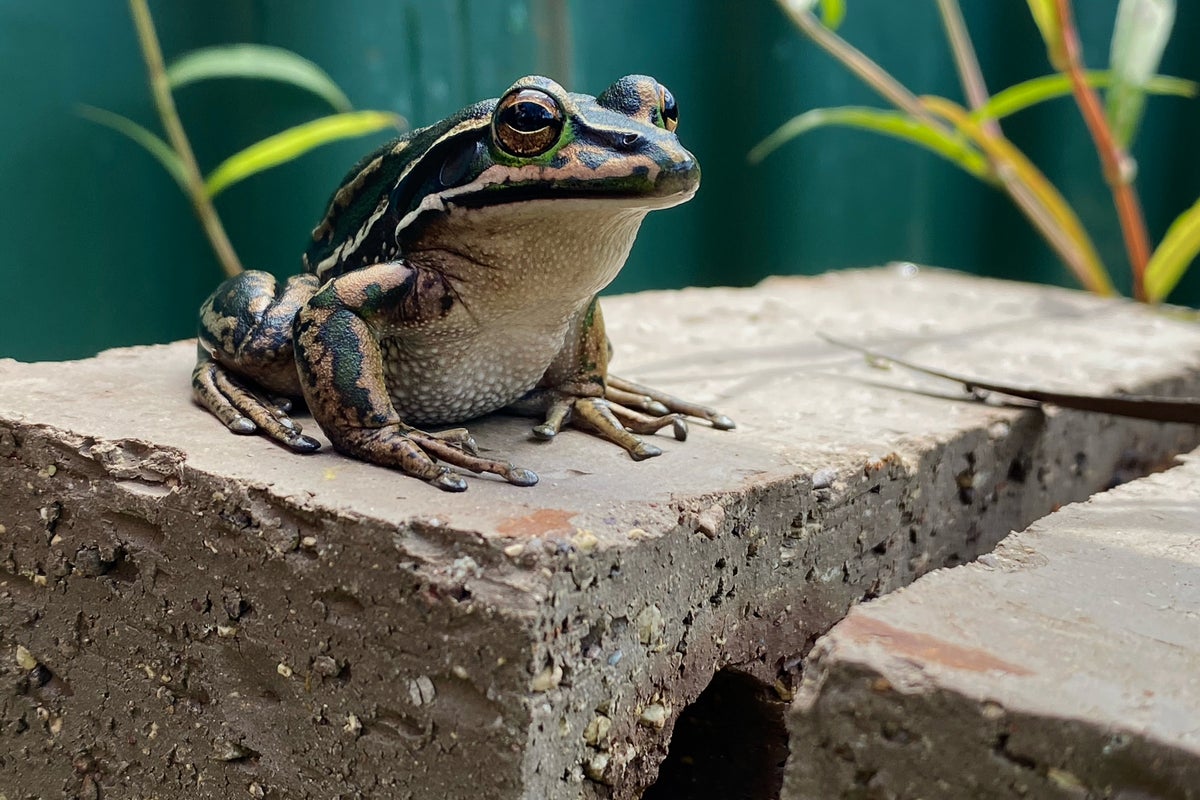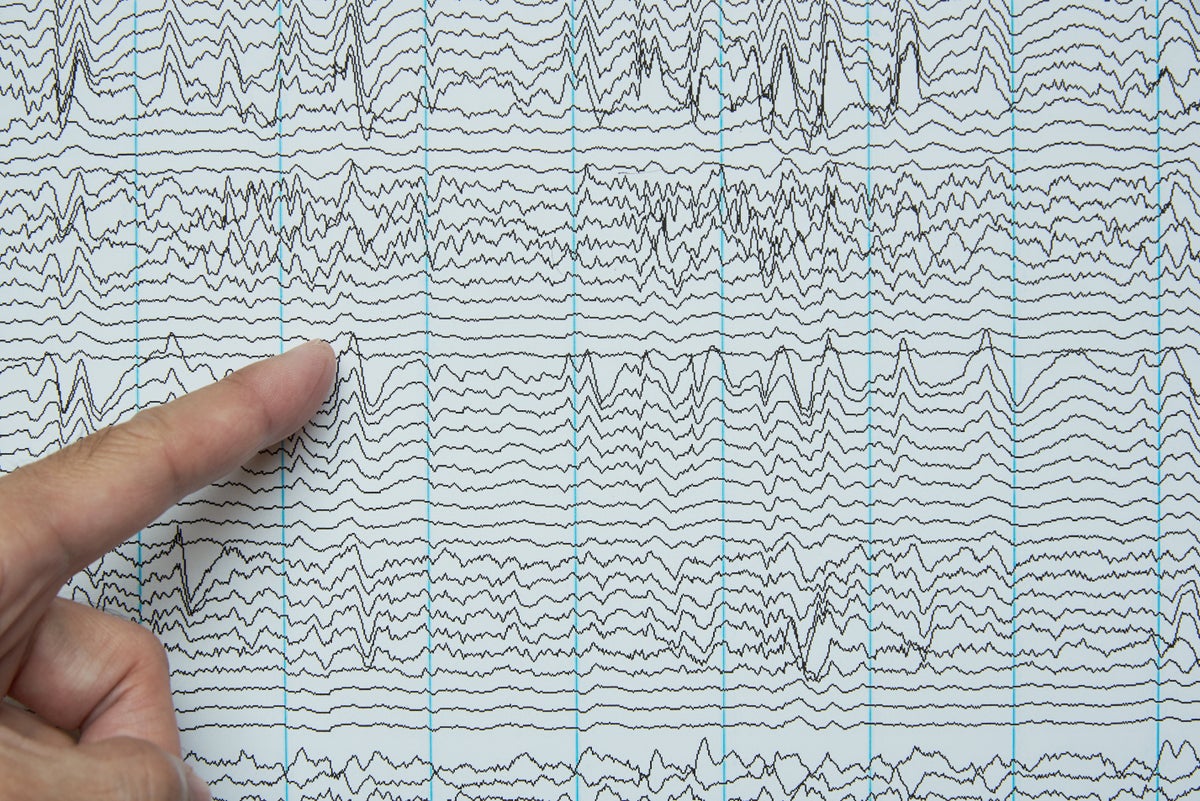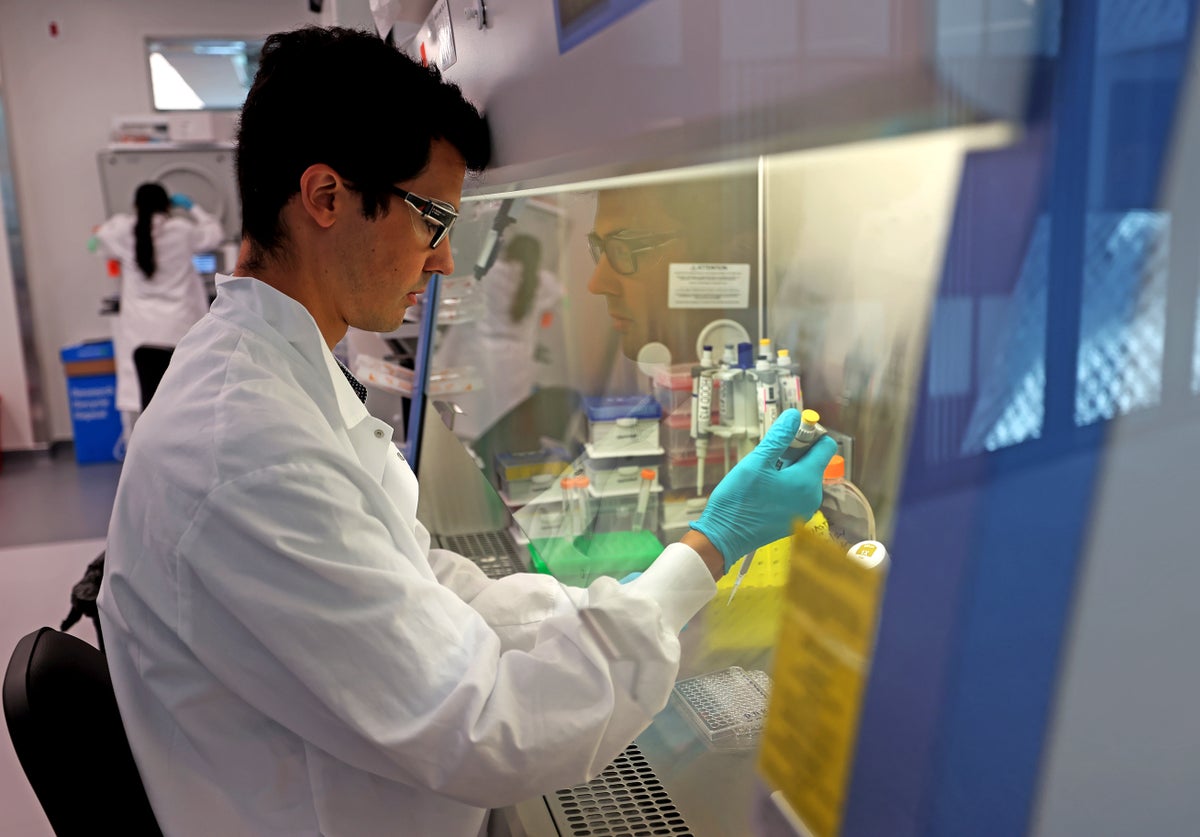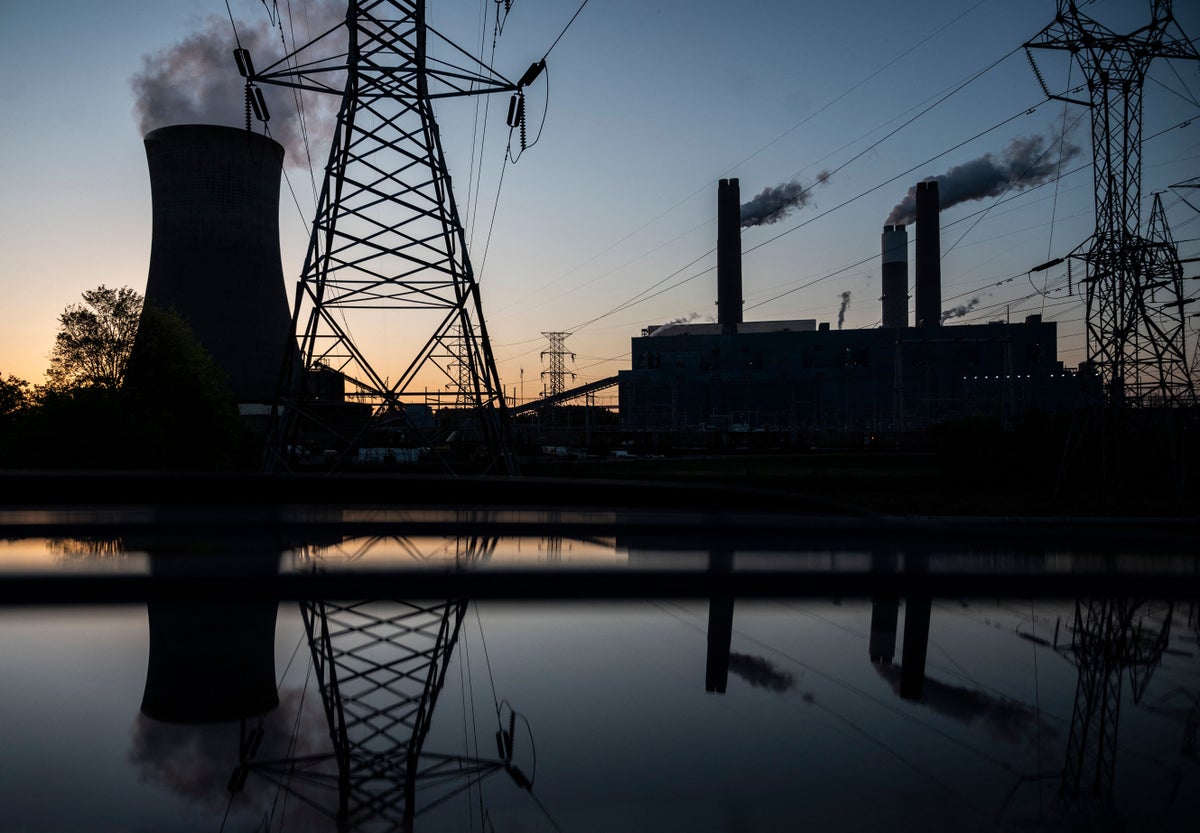"Your source for the latest research news."
Views expressed in this science and technology update are those of the reporters and correspondents. Accessed on 10 July 2024, 1424 UTC.
Content and Source: https://www.sciencedaily.com/newsletters.
Please check link or scroll down to read your selections. Thanks for joining us today.
Russ Roberts (https://hawaiisciencejournal.blogspot.com).
|
 |
Found with Webb: A potentially habitable icy world
A international team of astronomers has made an exciting discovery about the temperate exoplanet LHS 1140 b: it could be a promising 'super-Earth' covered in ice or water.
Image: muratart/Shutterstock.com
Stem cell-derived therapy shows promise against treatment-resistant liver cancer
New research shows how stem cell-derived therapy, targeting treatment-resistant liver cancer through genetically modified NK cells, offers promising new avenues for immunotherapy.
Study examines tree adaptability to climate change
Many trees could expand their ranges by more than 25 percent based on their potential temperature tolerances.
Study points at novel approach to treat Group 3 medulloblastoma
A team of researchers has identified and located a population of stem-like cells that initiates and maintains Group 3 medulloblastoma (Gr3-MB) in the developing brain. Gr3-MB is one of the most aggressive forms of brain cancer in children and is associated with metastatic spread and poor survival. The researchers showed that eliminating the small population of stem-like cells present in Gr3-MB tumors led to tumor shrinkage in preclinical models. Although more research is needed, this novel approach may lead to new ways to treat children with Gr3-MB.
Could a dietary fiber supplement offer long-awaited treatment for food allergy sufferers?
A study has identified a potential new treatment for food allergies in inulin, a naturally occurring plant fiber commonly used as a supplement, a prebiotic in soda, a replacement for sweeteners and for other products and purposes.
Researchers examine economic effects on technological advancements of blue hydrogen production
Experience from the deployment of blue hydrogen projects will be helpful in lowering future costs of hydrogen production and will remain cost competitive. Additionally, paired with extended tax incentives for carbon sequestration, costs could be significantly reduced further.
researchers introduce generative AI for databases
Researchers have developed an easy-to-use tool that enables someone to perform complicated statistical analyses on tabular data using just a few keystrokes. Their method combines probabilistic AI models with the programming language SQL to provide faster and more accurate results than other methods.
Delaying diabetes with diet and exercise for four years results in better long-term health
Individuals diagnosed with prediabetes can reduce their long-term risk of death and diabetes-related health complications if they delay the onset of diabetes for just four years through diet and exercise, according to new findings.
New one-step method to make multiple edits to a cell's genome
A team of scientists have developed a new method that enables them to make precise edits in multiple locations within a cell -- all at once. Using molecules called retrons, they created a tool that can efficiently modify DNA in bacteria, yeast, and human cells.
Moving from the visible to the infrared: Developing high quality nanocrystals
Awarded the 2023 Nobel Prize in Chemistry, quantum dots have a wide variety of applications ranging from displays and LED lights to chemical reaction catalysis and bioimaging. These semiconductor nanocrystals are so small -- on the order of nanometers -- that their properties, such as color, are size dependent, and they start to exhibit quantum properties. This technology has been really well developed, but only in the visible spectrum, leaving untapped opportunities for technologies in both the ultraviolet and infrared regions of the electromagnetic spectrum.
Implantable LED device uses light to treat deep-seated cancers
Certain types of light have proven to be an effective, minimally invasive treatment for cancers located on or near the skin when combined with a light-activated drug. But deep-seated cancers have been beyond the reach of light's therapeutic effects. To change this, engineers and scientists have devised a wireless LED device that can be implanted. This device, when combined with a light-sensitive dye, not only destroys cancer cells, but also mobilizes the immune system's cancer-targeting response.
Building materials for water-rich planets in the early solar system
Age data for certain classes of meteorite have made it possible to gain new findings on the origin of small water-rich astronomical bodies in the early solar system. These planetesimals continually supplied building materials for planets -- also for the Earth, whose original material contained little water. The Earth received its actual water through planetesimals, which emerged at low temperatures in the outer solar system, as shown by computational models carried out by an international research teach with participation by earth scientists.
First local extinction in the US due to sea level rise, study suggests
The United States has lost its only stand of the massive Key Largo tree cactus in what researchers believe is the first local extinction of a species caused by sea level rise in the country.
An assessment ranks the feasibility of converting 245 operational coal power plants in the U.S. into advanced nuclear reactors, providing valuable insights for policymakers and utilities to meet decarbonization goals, according to a new study.
Researchers identify cause of serious brain bleeding condition in premature newborns
Scientists have found that in premature newborns with very low birth weight, salt and water transporters on immature neurons can cause brain tissue to shrink in response to a lack of oxygen, which in turn results in brain bleeding and lifelong neurological damages.
Groundbreaking study reveals oceanic seabirds chase tropical cyclones
A new study reveals that the rare Desertas Petrels (Pterodroma deserta), a wide-ranging seabird in the North Atlantic, exhibit unique foraging behaviors during hurricane season. Contrary to other pelagic seabirds, these petrels do not avoid intense tropical cyclones but instead exploit the dynamic conditions for their benefit, providing new insights into the impact of cyclones on open ocean marine life.
How a plant app helps identify the consequences of climate change
A research team has developed an algorithm that analyses observational data from a plant identification app. The novel approach can be used to derive ecological patterns that could provide valuable information about the effects of climate change on plants.
Hepatitis C leaves 'scars' in immune cells even after successful treatment
Researchers have provided new insights into the lasting effects of chronic Hepatitis C virus (HCV) infection on the immune system, even after the disease has been successfully treated. The research team has discovered that traces of 'epigenetic scars' remain in regulatory T cells and exhibit sustained inflammatory properties long after the virus is cleared from the body.
Nerve damage from breast cancer treatment can be predicted
Many women treated for breast cancer using taxanes, a type of cytostatic drug, often experience side effects in the nervous system. Researchers have developed a tool that can predict the risk level for each individual. The tool could help doctors adapt treatment to avoid persistent side effects in those at the greatest risk.
Mining rare earth metals from electronic waste
A small molecule that naturally serves as a binding site for metals in enzymes also proves useful for separating certain rare earth metals from each other. In a proof of concept, the process extracts europium directly from fluorescent powder in used energy-saving lamps in much higher quantities than existing methods. The researchers are now working on expanding their approach to other rare earth metals. They are in the process of founding a start-up to put the recycling of these raw materials into practice.
Ancient large kangaroo moved mainly on four legs, according to new research
A type of extinct kangaroo that lived during the Pleistocene around two and a half million to ten thousand years ago, known as the 'giant wallaby', was a poor hopper, a study has found.
The ability to recognize and respond to emotionally-charged situations is essential to a species' evolutionary success. A new study advances our understanding of how the brain responds to emotionally charged objects and scenes.
Brain neurotransmitter receptor antagonist found to prevent opioid addiction in mice
New research has found a drug that treats insomnia works to prevent the addictive effects of the morphine opioids in mice while still providing effective pain relief.
Trust, more than knowledge, critical for acceptance of fully autonomous vehicles
While not yet on the market, fully autonomous vehicles are promoted as a way to make road travel dramatically safer, but a recent study found that knowing more about them did not improve people's perception of their risk. They needed to have more trust in them too. This study adds to the evidence from other research that knowledge alone is not enough to sway people's attitudes toward complex technology and science, such as gene editing or climate change. In this case, researchers found that trust in the autonomous vehicles' reliability and performance played the strongest role in improving perceptions of the technology's risk.
Key electronic device developed for the massive arrival of 6G networks
Researchers were involved in the development of a switch, an essential device in telecommunications, capable of operating at very high frequency with lower power consumption than conventional technologies. The technology has applications in the new 6G mass communication systems and is more sustainable in terms of energy consumption than current devices.
Return-to-work programs may have a hidden cost to women, according to study
Despite offering a path back to careers, returner programmes leave women vulnerable to wage gaps and limited advancement, according to new research from the University of Surrey.
Life underground suited newly discovered dinosaur fine
A newly discovered ancestor of Thescelosaurus shows evidence that these animals spent at least part of their time in underground burrows. The new species contributes to a fuller understanding of life during the mid-Cretaceous -- both above and below ground.
Detecting defects in tomorrow's technology
New research offers an enhanced understanding of common defects in transition-metal dichalcogenides (TMDs) -- a potential replacement for silicon in computer chips -- and lays the foundation for etching smaller features.
Researchers fabricate ultrastrong aluminum alloys for additive manufacturing
Material engineers have created a patent-pending process to develop ultrahigh-strength aluminum alloys that are suitable for additive manufacturing because of their plastic deformability. They have produced the alloys by using several transition metals that traditionally have been largely avoided in the manufacture of aluminum alloys.
It takes a cool microscope and antifreeze to really look at ice
Ice in nature is surrounded by liquid most of the time, and therefore it is key to understand how ice and liquid interact. A new study has now directly observe the precise shape of ice at the interface between ice and liquid -- by using antifreeze and a refrigerated microscope.
Brain-imaging study reveals curiosity as it emerges
You look up into the clear blue sky and see something you can't quite identify. Is it a balloon? A plane? A UFO? You're curious, right? A research team has for the first time witnessed what is happening in the human brain when feelings of curiosity like this arise. The scientists revealed brain areas that appear to assess the degree of uncertainty in visually ambiguous situations, giving rise to subjective feelings of curiosity.
Stench of a gas giant? Nearby exoplanet reeks of rotten eggs, and that's a good thing
An exoplanet infamous for its deadly weather has been hiding another bizarre feature -- it reeks of rotten eggs, according to a new study of data from the James Webb Space Telescope.
Americans find hospital-at-home care appealing and safe, study suggests
The study found that most survey respondents felt they would recover faster if cared for at home, rather than in the hospital, and that they felt safe being treated at home.
Scientists discover how to improve vaccine responses to potentially deadly bacterium
Researchers have taken a leap forward in understanding how we might fight back against the potentially deadly MRSA bacterium. They have shown in an animal model that targeting a key suppressive immune molecule (IL-10) during the delivery of a vaccine improves the ability of the vaccine to protect against infection.
Employees prefer human performance monitors over AI, study finds
Organizations using AI to monitor employees' behavior and productivity can expect them to complain more, be less productive and want to quit more -- unless the technology can be framed as supporting their development, research finds.
Study reveals environmental impact of artificial sweeteners
A recently published study demonstrates how sucralose affects the behavior of cyanobacteria -- an aquatic photosynthetic bacteria -- and diatoms, microscopic algae that account for more than 30% of the primary food production in the marine food chain.
Novel compound offers improved defense against fentanyl overdoses
Researchers identified a novel compound aimed at improving the treatment of opioid overdoses.
Restored oyster sanctuaries host more marine life
Oysters sanctuaries in Chesapeake Bay are working for more than just oysters. Compared to nearby harvest areas, sanctuaries contain more abundant populations of oysters and other animal life--and the presence of two common parasites isn't preventing that.
Coral reefs: Battlegrounds for survival in a changing climate
Coral reefs, those vibrant underwater cities, stand on the precipice of collapse. While rising ocean temperatures and coral bleaching grab headlines, a new essay reveals a hidden layer of complexity in this fight for survival: the often-overlooked roles of the reefs' smallest inhabitants.
New extremely fast carbon storage technology
A new way to store carbon captured from the atmosphere works much faster than current methods without the harmful chemical accelerants they require.
Combining popular diabetes drugs offers complementary heart and kidney benefits
New research shows combined use of sodium glucose co-transporter 2 inhibitors (SGLT2is) and glucagon-like peptide-1 receptor agonists (GLP1-RAs) is likely to offer additional protection against heart and kidney disease in patients with diabetes.
Innovative, highly accurate AI model can estimate lung function just by using chest x-rays
An artificial intelligence (AI) model that can estimate with high accuracy a person's lung function just by using a chest radiograph has been successfully developed.
New bio-based tool quickly detects concerning coronavirus variants
Researchers have developed a bioelectric device that can detect and classify new variants of coronavirus to identify those that are most harmful. It has the potential to do the same with other viruses, as well.
Further Explore
Visit ScienceDaily for your latest research news.
Enjoyed this newsletter? Share the knowledge with your friends and colleagues!
© 2024 ScienceDaily
1 Research Court, Suite 450, Rockville, MD 20850
Unsubscribe


